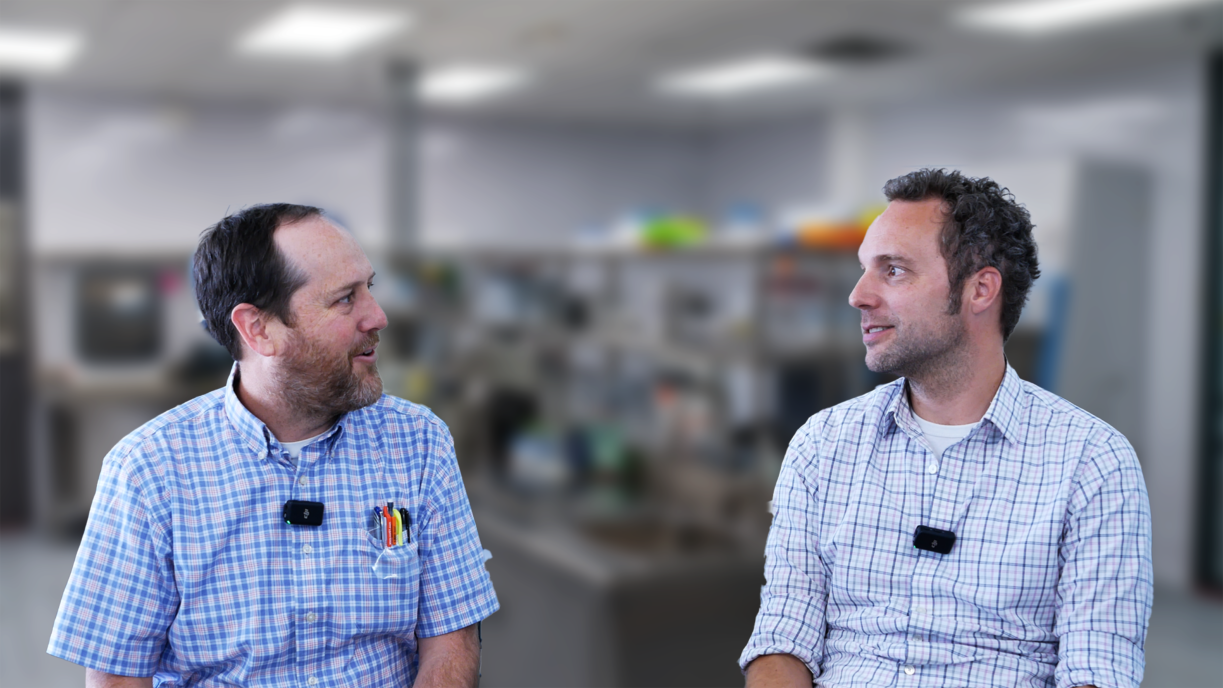
Bio Break: Target Product Profile
Whether you’re in the early stages of a new project or refining a product concept, this episode of Bio Break delves into the foundational importance of a well-defined Target Product Profile (TPP) in medical device development. It’s packed with practical advice and expert insights to set you on the path to success.
A Target Product Profile, originally introduced by the FDA for pharmaceuticals, has become an indispensable tool in the medical device industry. Nick, with over 20 years of product development experience, highlights how a robust TPP can streamline processes, enhance team focus, and save valuable time during the product development lifecycle.
Key takeaways from the episode include:
- Product Definition: Establishing the core purpose of the device and understanding its primary function.
- Performance Metrics: Identifying and prioritizing the key performance and safety characteristics essential for success.
- Market Differentiation: Highlighting what sets the product apart from competitors and defining its unique value proposition.
Nick explains how a well-thought-out TPP can prevent teams from wasting time on unnecessary tasks and misaligned objectives. By addressing essential questions—such as the target market, intended use, performance requirements, and competitive landscape—a TPP ensures alignment between stakeholders and sets clear goals for the development team.
Through relatable examples, including the challenges of developing COVID-19 diagnostics, this episode underscores how focusing on the critical details early can significantly improve outcomes. A strong TPP provides clarity, reduces risk, and increases the likelihood of regulatory approval and market success.
With a concise yet comprehensive overview, this episode is a must-watch for innovators, engineers, and executives seeking to maximize their product development potential. Discover how a strong Target Product Profile can make all the difference.
Target Product Profile
Related Resources
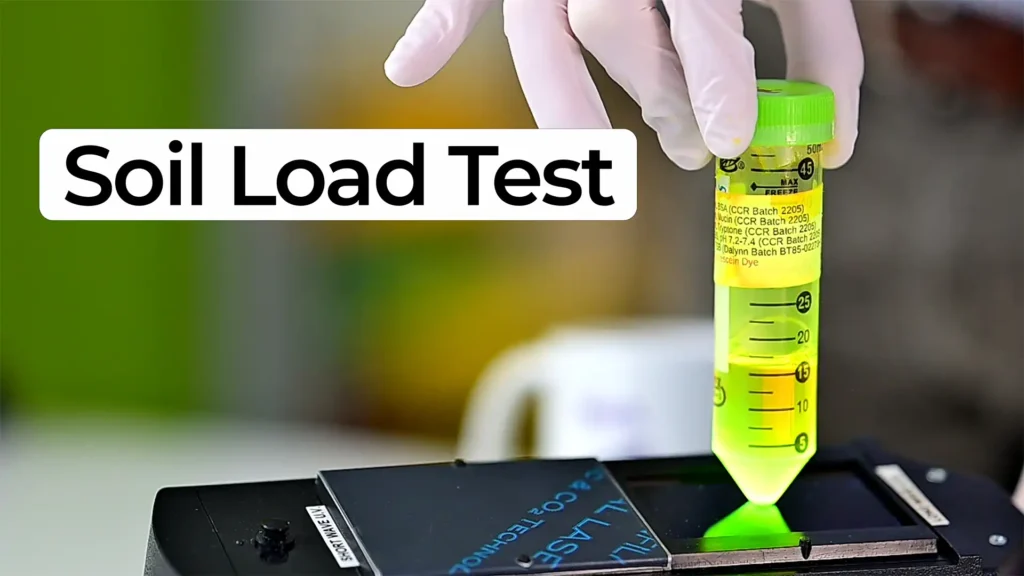
Nick Allan and Nigel Syrotuck explain how a fluorescent protein assay helps engineers measure contamination and cleaning performance in medical devices.
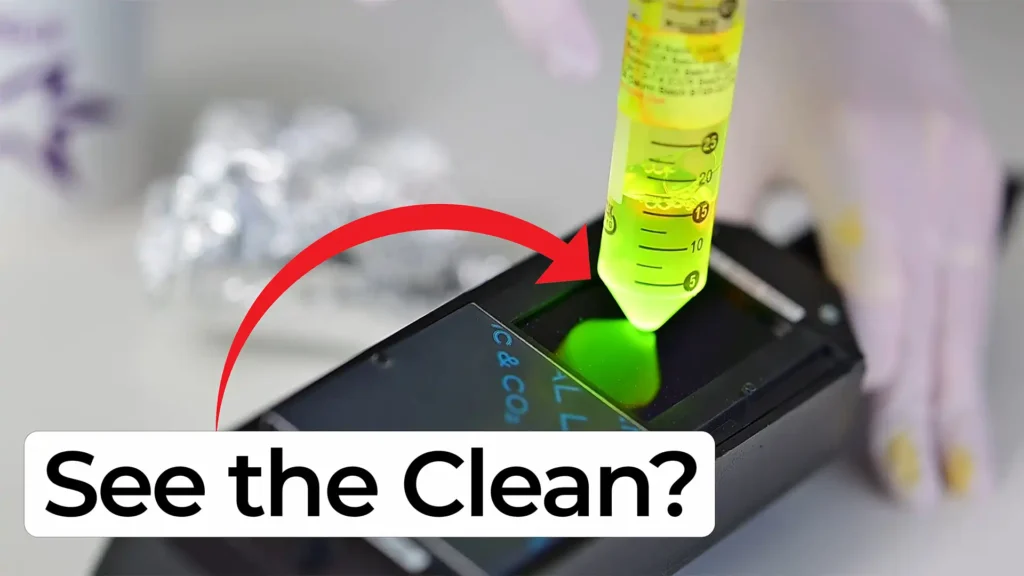
Nick Allan and Nigel Syrotuck explore a creative approach to visualizing cleaning validation using a fluorescent soil load.
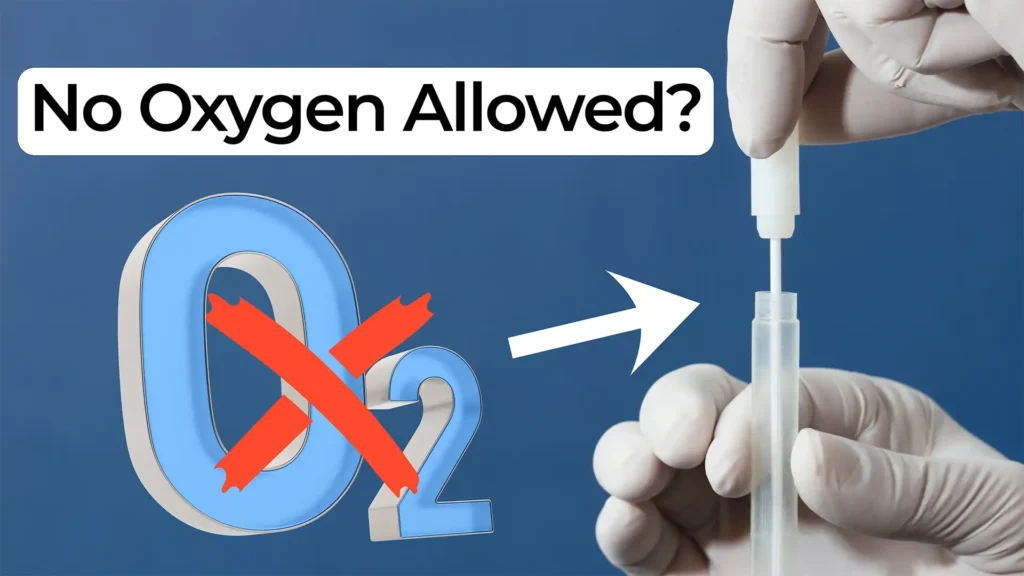
Nick Allan joins Nigel Syrotuck to explore how anaerobic sample collection works and why it’s vital for studying bacteria that cannot survive in oxygen.
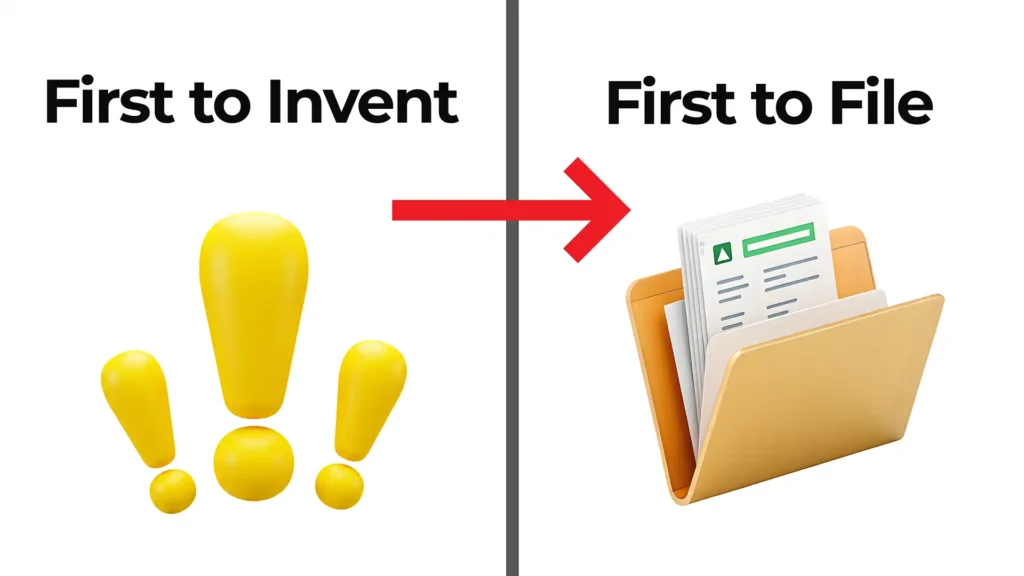
Nick Allan and Nigel Syrotuck dive into the evolution of patent documentation habits in engineering and medical device development.
